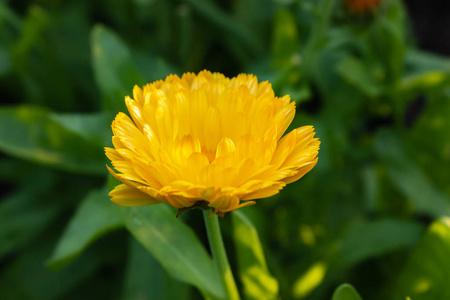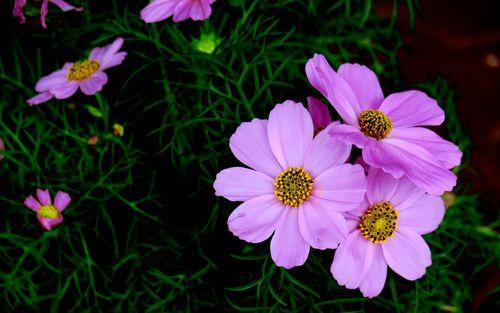Once upon a time, there was a plant called Garcinia. Legend has it that the fruits of this plant possessed magical qualities. It was said that anyone who consumed the fruit would gain the ability to understand the language of animals. One brave explorer heard of this enchanting plant and embarked on a journey to find it. After facing numerous challenges, he finally discovered the Garcinia tree hidden deep within a dense forest. Consuming the fruit, he was delighted to find that he could indeed communicate with animals. This extraordinary power allowed him to unite humans and animals, fostering peace and understanding. The story of the Garcinia plant spread far and wide, forever captivating the hearts of all who heard it.
Picture
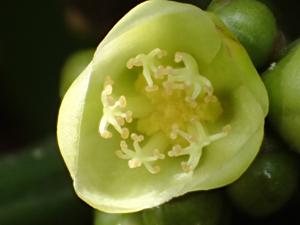
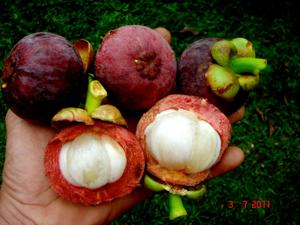
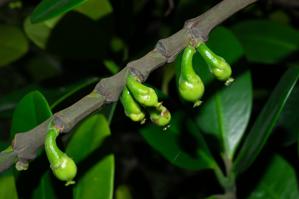
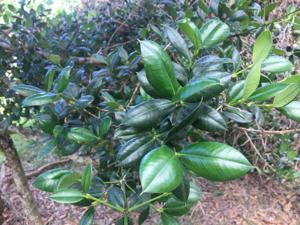
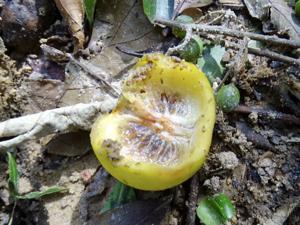
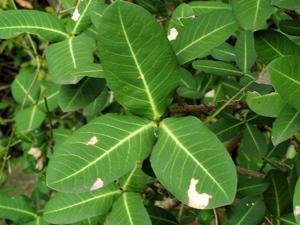
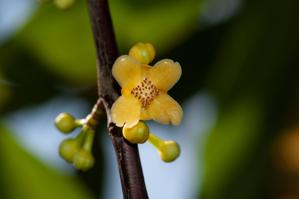
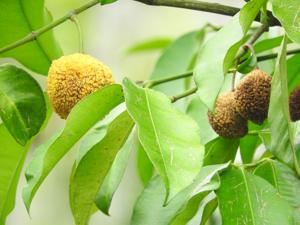
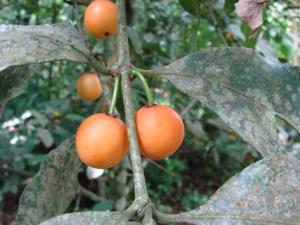
Plant some seeds now!
Multi-Colored Bachelor’s Button
Short Description
Garcinia is a genus of flowering plants in the family Clusiaceae native to Asia, America, Australia, tropical and southern Africa, and Polynesia. The number of species is disputed; Plants of the World Online (POWO) recognise up to 400. Commonly, the plants in this genus are called saptrees, mangosteens (which may also refer specifically to Garcinia mangostana), or garcinias, and is one of several plants known as by the name “monkey fruit”.
Many species are threatened by habitat destruction, and at least one species, G. cadelliana, from South Andaman Island, is almost or even completely extinct already.
The fruits are a food source for several animals, such as the archduke butterflies (Lexias spp.) of tropical eastern Asia which relish the sap of overripe mangosteens.
The genus is named after French botanist Laurent Garcin (1683–1751).
Description
Garcinia species are evergreen trees and shrubs, dioecious and in several cases apomictic. The fruit is a berry with fleshy endocarp, which in several species is delicious. Among neotropical Garcinia several species are dioecious (G. leptophylla, G. macrophylla and G. magnifolia), although female trees have often been observed to have some degree of self-fertility.


